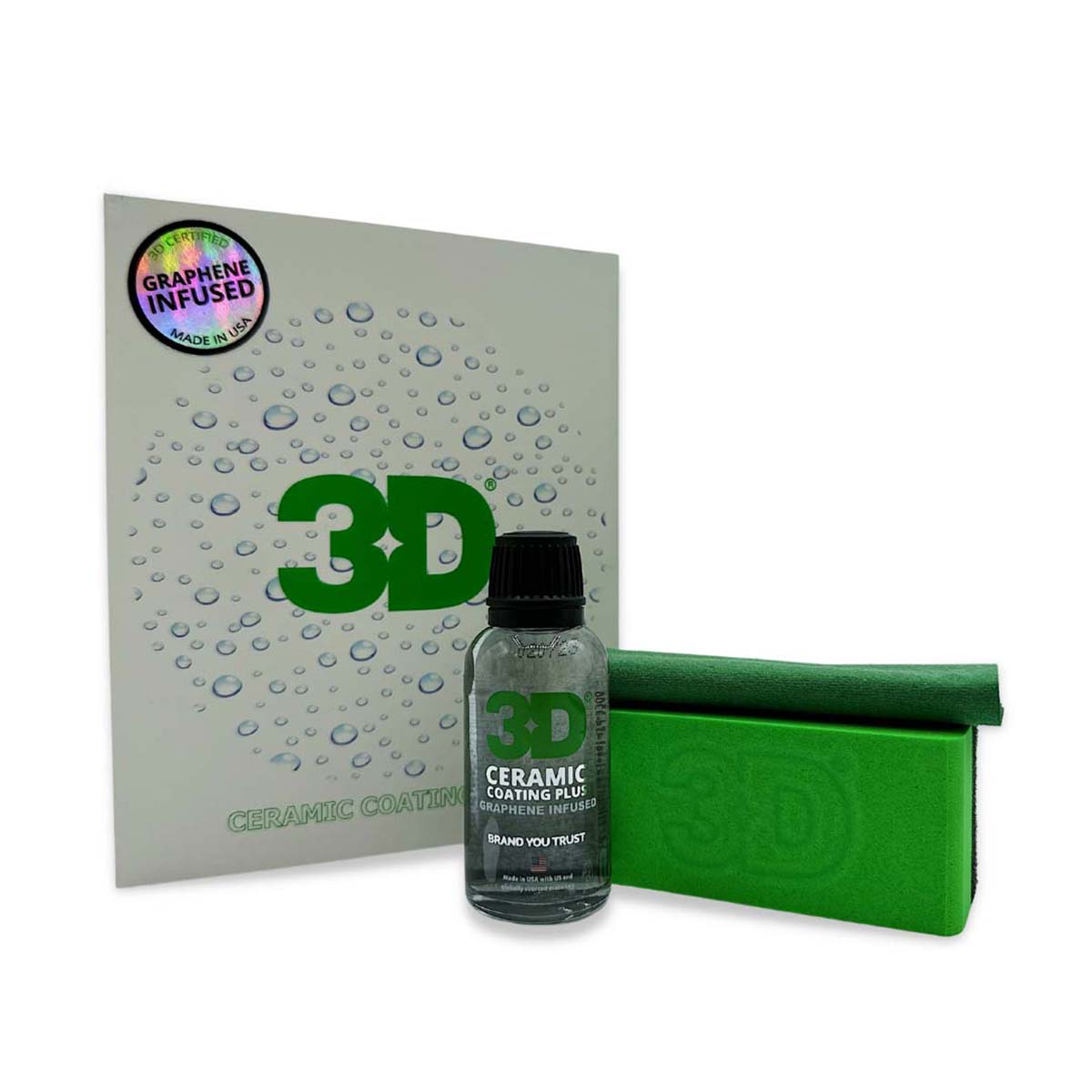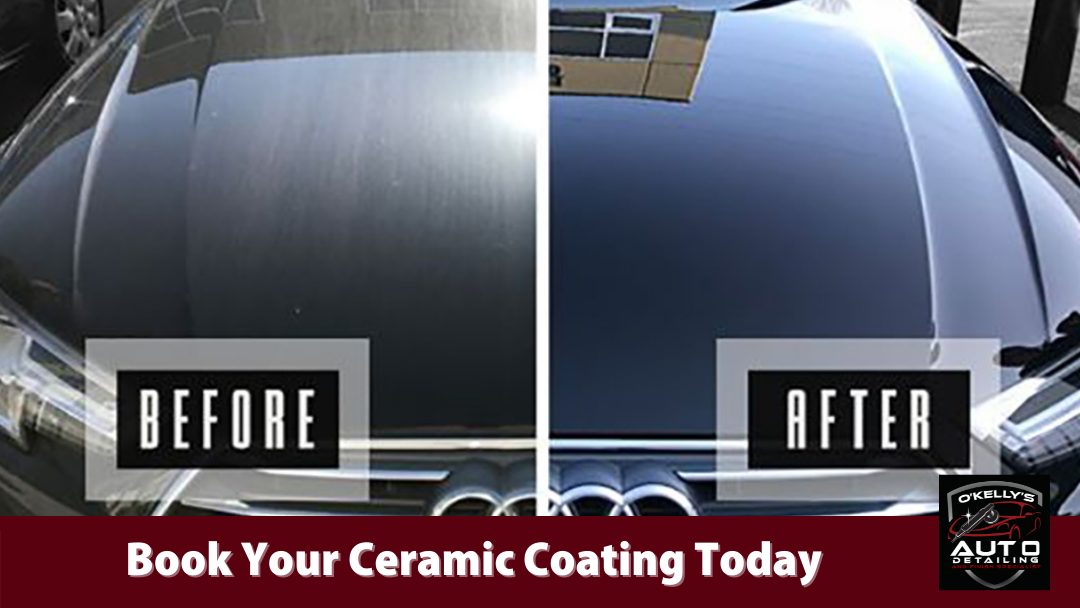Frequently Asked Questions About Ceramic Coating Philadelphia Provider Answered
Frequently Asked Questions About Ceramic Coating Philadelphia Provider Answered
Blog Article
Why Ceramic Covering Is the Ultimate Remedy for a Remarkable Finish
Ceramic coating has emerged as a leading option for those looking for a flawless finish for their cars, many thanks to its remarkable durability and safety features. What factors absolutely established ceramic finishing apart?
What Is Ceramic Covering?

When applied properly, ceramic finish produces a hydrophobic surface that fends off water and dust, making it much easier to keep and clean up. Unlike standard waxes or sealants, which commonly supply brief security, ceramic layers can last for a number of years, depending upon the product quality and application approach. The procedure of using ceramic finish needs precise preparation, consisting of thorough cleaning and in some cases paint adjustment, to ensure optimal bonding and efficiency.
Ceramic layers are not restricted to vehicle surface areas; they can additionally be utilized on numerous materials, including glass, steel, and plastics, offering a functional option for enhancing security. Generally, ceramic layer represents a considerable development in surface area protection technology, incorporating both functional and aesthetic advantages for a variety of applications.
Advantages of Ceramic Finish
While lots of surface area security choices exist, the advantages of ceramic covering stand out because of its special buildings and long-lasting efficiency. One of the primary benefits is its phenomenal toughness. Ceramic Coating Philadelphia. Unlike typical wax or sealers that call for constant reapplication, ceramic finishes provide a durable layer that can last for a number of years, dramatically reducing upkeep efforts
Another noteworthy benefit is enhanced security against environmental pollutants. Ceramic finishes develop a hydrophobic surface that fends off water, dirt, and numerous toxins, making it much easier to clean. This function not just maintains the automobile's look yet also decreases the risk of rust and oxidation, especially in severe weather.
Moreover, ceramic finishings use remarkable resistance to UV rays, protecting against fading and degradation of paint gradually. This UV defense is essential for keeping the visual worth of surface areas and cars subjected to route sunlight.
Furthermore, the glossy surface achieved with ceramic finish boosts the general visual charm, giving surface areas a showroom-quality luster. Overall, ceramic finishings represent a significant development in surface area defense modern technology, giving long-lasting benefits that deal with both practical and visual demands.
How It Functions
Recognizing the scientific research behind ceramic coverings discloses exactly how they offer such exceptional defense and durability. At its core, a ceramic finish is a liquid polymer that chemically bonds with the vehicle's manufacturing facility paint. This bonding creates a protective layer that is both oleophobic and hydrophobic, repelling water, dust, and oil. The key component of the majority of ceramic finishes is silicon dioxide (SiO2), which is stemmed from quartz. This compound contributes to the layer's firmness and resistance to scrapes, UV rays, and environmental contaminants.
The application process involves several steps, consisting of surface preparation, which is important to accomplishing ideal adhesion. As soon as applied, the coating undertakes a treating procedure, during which it hardens and develops a semi-permanent bond with the paint surface area. This bond is what differentiates ceramic finishes from conventional waxes and sealers, offering a longer-lasting protective barrier that can withstand for years.
Additionally, the thickness of the coating can enhance its safety high qualities, making certain that it can hold up against severe problems. Inevitably, the science of ceramic coatings incorporates advanced products with ingenious application strategies to supply an exceptional degree of security and aesthetic enhancement for vehicles.
Comparison With Standard Methods
The benefits of ceramic coverings end up being especially apparent when compared to standard paint defense approaches such as sealants and waxes. While waxes use a short-term sparkle, commonly lasting a few weeks to a number of months, ceramic coverings provide a durable protective layer that can withstand for numerous years. This resilience significantly lowers the frequency of reapplication, making ceramic coverings a more affordable remedy gradually.
Additionally, standard approaches typically require substantial prep work and multiple applications to achieve an adequate degree of defense. On the other hand, ceramic finishes bond at a molecular level with the automobile's surface area, producing a durable shield versus environmental impurities like UV rays, acid rain, and road salts. This bond improves the car's resistance to scrapes and swirl marks, which prevail with traditional waxes and sealers.
Additionally, the hydrophobic residential properties of ceramic coverings drive away water and dirt, causing much easier cleaning and maintenance. In comparison, site here wax and sealant-treated surface areas can draw in grime, necessitating even more frequent cleaning - Ceramic Coating Philadelphia. On the whole, ceramic layers not just provide superior security yet additionally deliver an extra long-lasting and visually appealing finish, establishing them as the preferred selection for discerning vehicle proprietors
Application and Maintenance Tips

Using a foam applicator, apply the finishing in little areas, complying with the supplier's guidelines relating to thickness and overlap. Permit enough treating time in between coats, typically 1 day, to ensure correct bonding. After application, it is critical to prevent exposure to water or rough elements for a minimum of a week to enable the layer to fully cure.
Additionally, utilizing a ceramic maintenance spray can improve the finishing's hydrophobic homes and durability. Normal evaluations for any kind of signs of wear will assist maintain the finishing's integrity and protect that excellent surface.
Final Thought
In conclusion, ceramic finish emerges as a remarkable choice for achieving a flawless auto finish. Its extraordinary toughness, safety qualities, and hydrophobic buildings dramatically boost the vehicle's look while streamlining upkeep initiatives. By forming a durable bond with factory paint, ceramic covering properly shields against scrapes, UV rays, and environmental impurities. With a lifespan prolonging several years, this innovative solution not just protects yet additionally elevates the total aesthetic appeal of vehicles, making it an affordable investment for automobile enthusiasts. site

Report this page